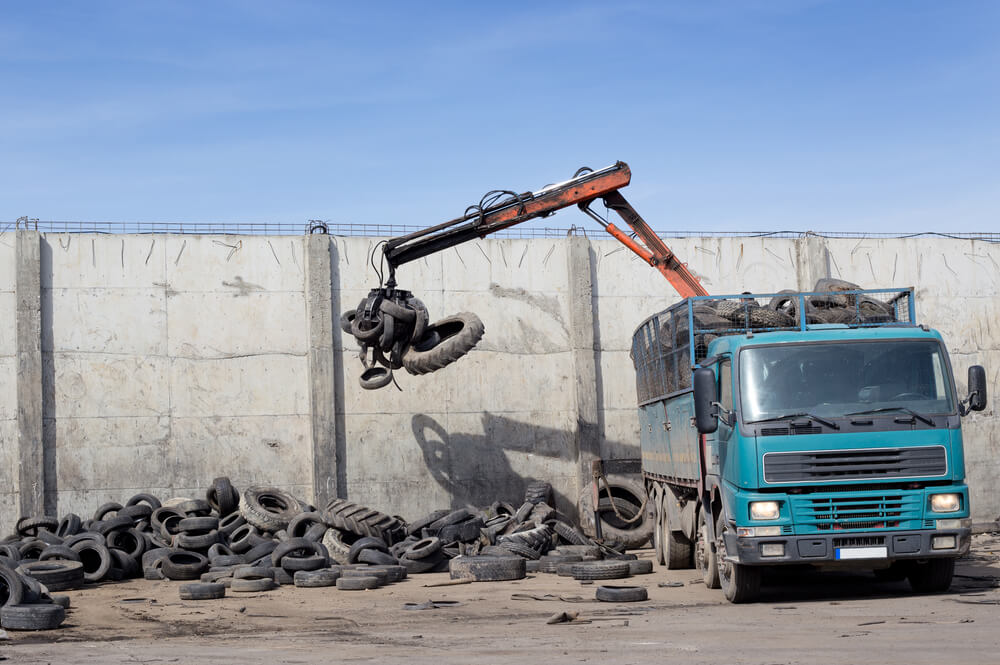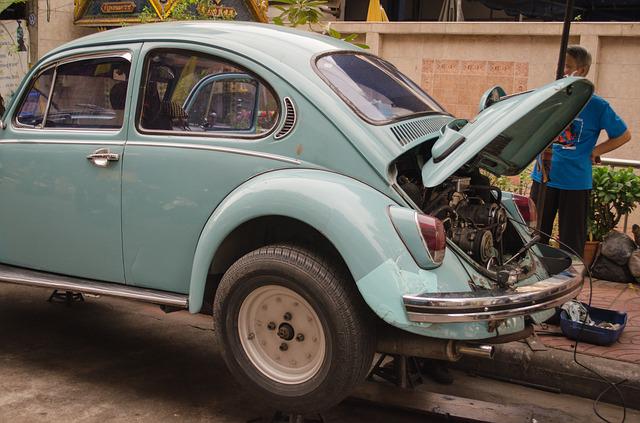The Procedure And Working Of Tyre Recycling
Find Used Engines and Transmissions for a Great Price! Live Assistant For Used Engines Call 1800-518-9776

As you get ready to get your tyres recycled or collected at a collection centre for tyre recycling, you take one step towards being responsible towards the nature you are a part of. But this is not enough; you should be aware of how your tyres will be recycled and if the facility is following all the steps and regulations associated with the process. Thus, we provide you with the full procedure of tyre recycling along with the technologies involved in this blog.
Step-wise procedure for tyre recycling
The steps involved in the recycling of the tyres are given below.
-
Collection: The first phase entails gathering used tyres from a variety of locations, such as tyre merchants, car repair facilities, and waste disposal facilities. To reduce risks to the environment, tyres can also be collected from unlicensed dumps.
-
Sorting and inspection: The size, kind, and condition of the collected tyres are sorted. Inspections are done to separate out badly damaged or useless tyres and find tyres that can be recycled.
-
Shredding: The chosen tyres are mechanically cut into smaller pieces at this stage. The tyres are reduced to pieces or chips during this procedure, which helps get them ready for more processing.
-
De-Steel: A magnetic separator is used to remove reinforced steel from the shredded tyre fragments. Separate recycling is possible for this steel.
-
Cryogenic Grinding (Optional): Cryogenic grinding is a technique used in some recycling operations that involves freezing shredded rubber using liquid nitrogen before pulverising it into tiny pieces. Crumb rubber, an important material with many uses, is produced using this approach.
-
Granulation and Sieving (Optional): The rubber grains can be further refined through granulation and sieving to create appropriate particle sizes for different uses, depending on the intended end products.
-
Chemical Treatment (Optional): Rubber can be broken down chemically into its component parts, for example, by reclaiming the rubber to be used in the manufacture of new tyres or other rubber goods.
-
Production of New Products: The used rubber is then utilised to create a variety of goods, including rubberized asphalt and rubber mulch for use in landscaping, playground equipment, tennis courts, and more.
Regulations and waste management
-
Quality Control: Measures are taken to guarantee that the used rubber complies with all requirements and industry standards at every stage of the process.
-
Distribution and Sale: The final recycled goods are sold and disseminated to a range of markets, including consumers. The use of recycled rubber in place of virgin rubber is frequently promoted as being more environmentally beneficial.
-
Environmental Compliance: Tyre recycling plants are required to follow environmental laws in order to lessen the impact of their activities on the environment and to ensure that any waste byproducts are handled properly.
-
Waste management: Unrecyclable waste from the tyre recycling process is gotten rid of in an ecologically responsible way.
Conclusion
We can conclude this blog by saying that having the right knowledge helps in making a better decision. At the same time, if we are making a decision, it is important for us to be responsible for the outcome. With this, we hope that this blog came in handy for you and added something to your knowledge.
Contact us at Used Engines if you require used engines or transmissions to give your vehicle a longer and healthier lifespan. We provide our consumers with used goods that have been examined for quality and functionality, and this results in high levels of client satisfaction.
related
You May Also Like

Which BMW Has the Most Horsepower?
A car is useless if it doesn’t have good horsepower. Just imagine driving your car with sluggish acceleration and it drags on the road whenever you take it for a spin.
Read Article
10 Best Engines Made So Far By Top Engine Manufacturers
Over the years, the car industry has seen major changes. Car engines have become smarter and it looks like every new engine that rolls out is better than the other.
Read Article
How to Make Your Car Last Forever?
Isn’t it lovely when a new car works the way you want? The gears shift smoothly and the wheels roll without dragging against the road. But as your car gets older, you’ll notice that it doesn’t drive smoothly, has lower fuel mileage, and overheats easily.
Read Article